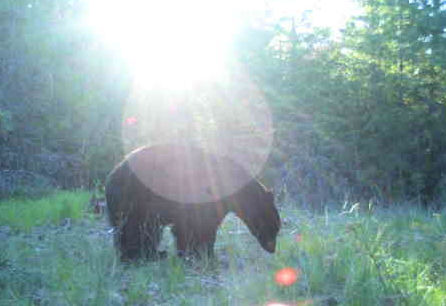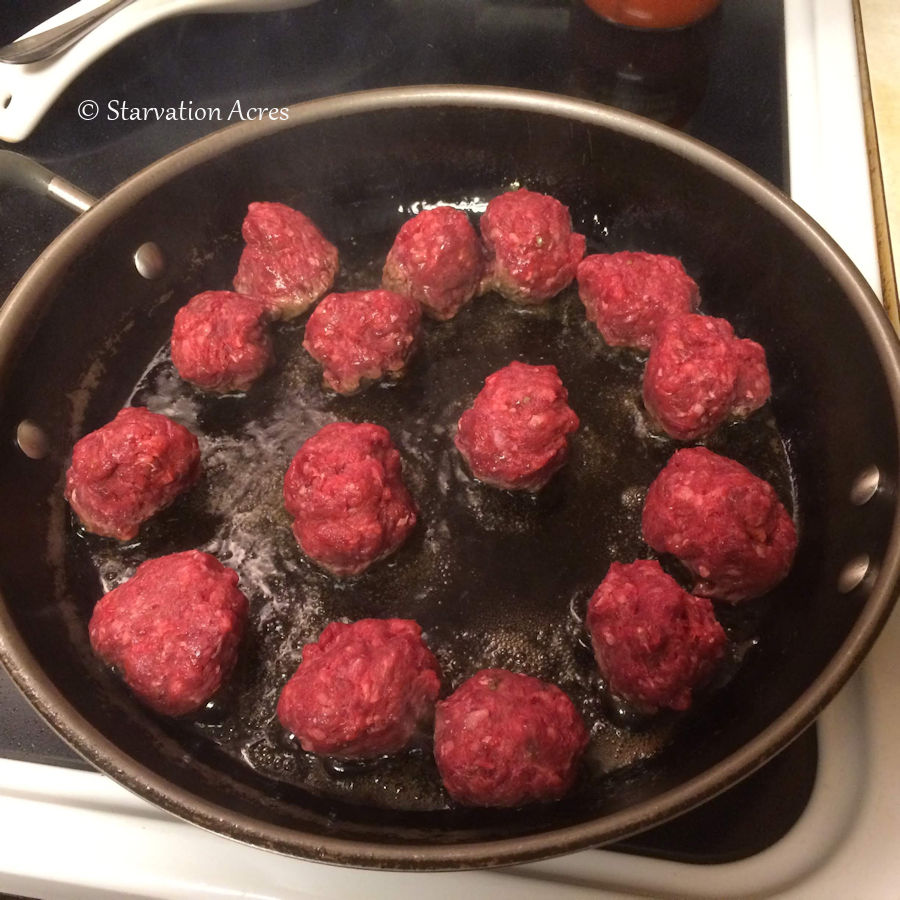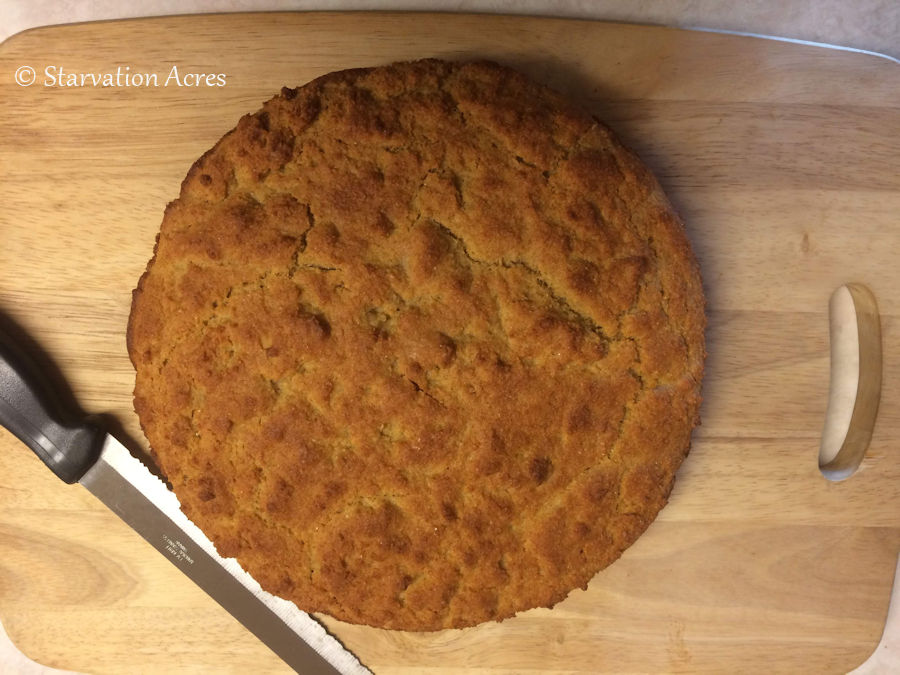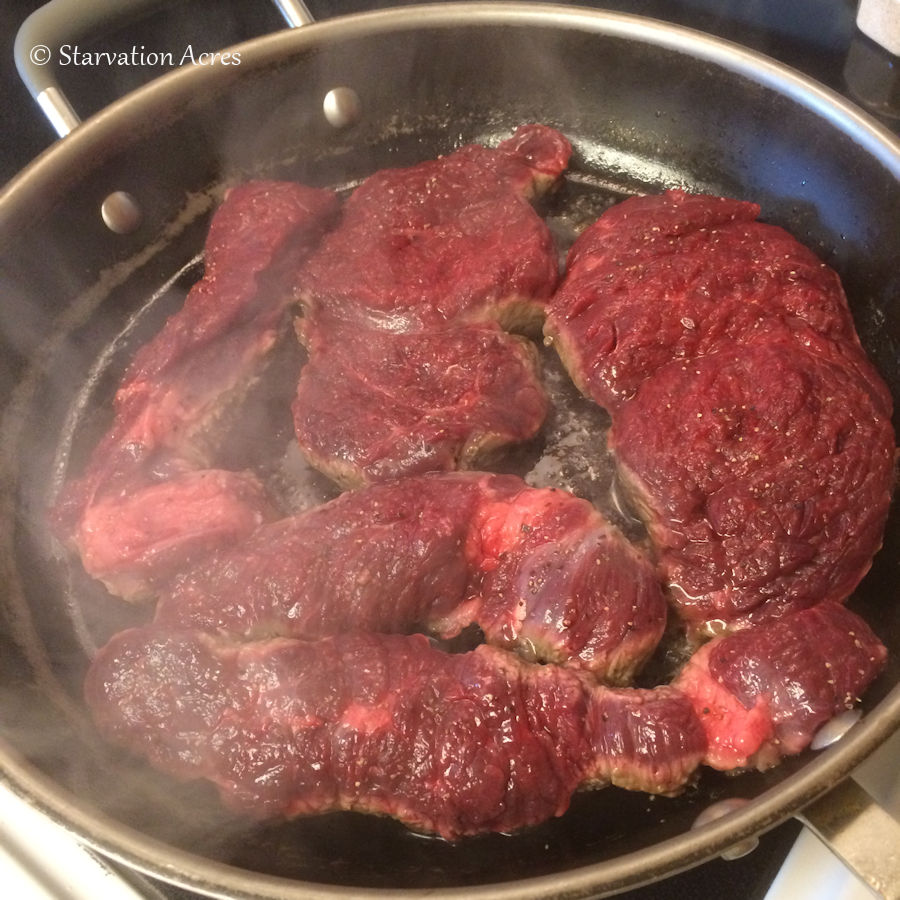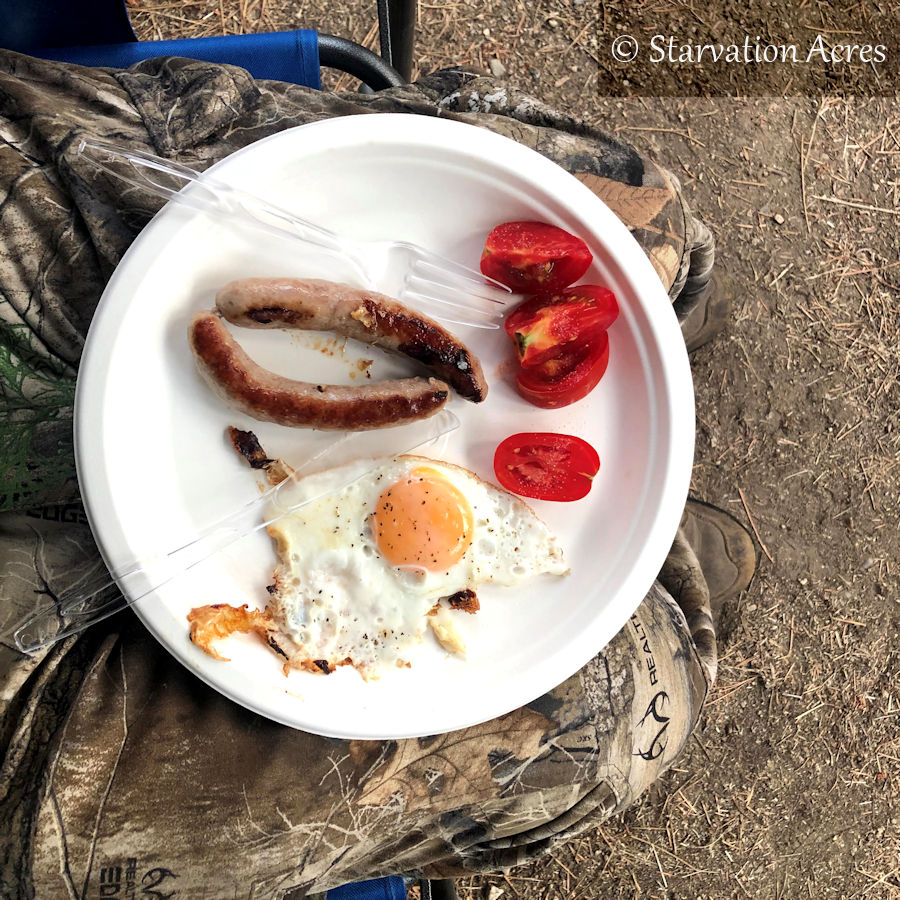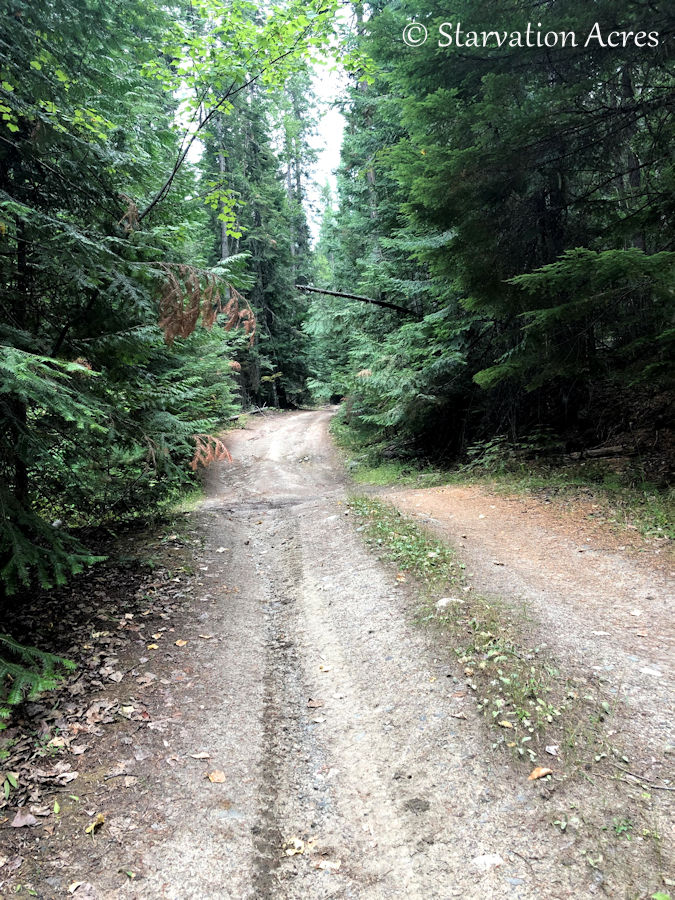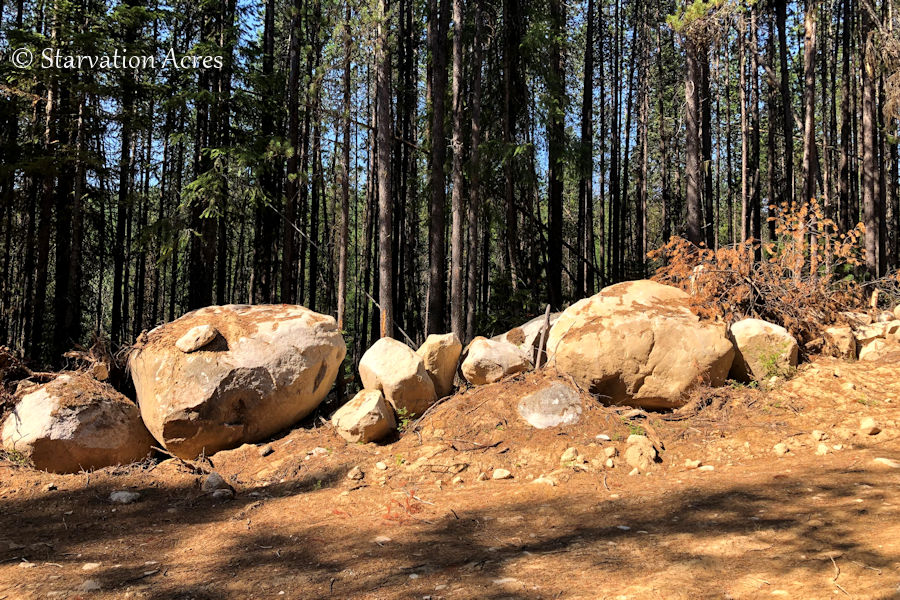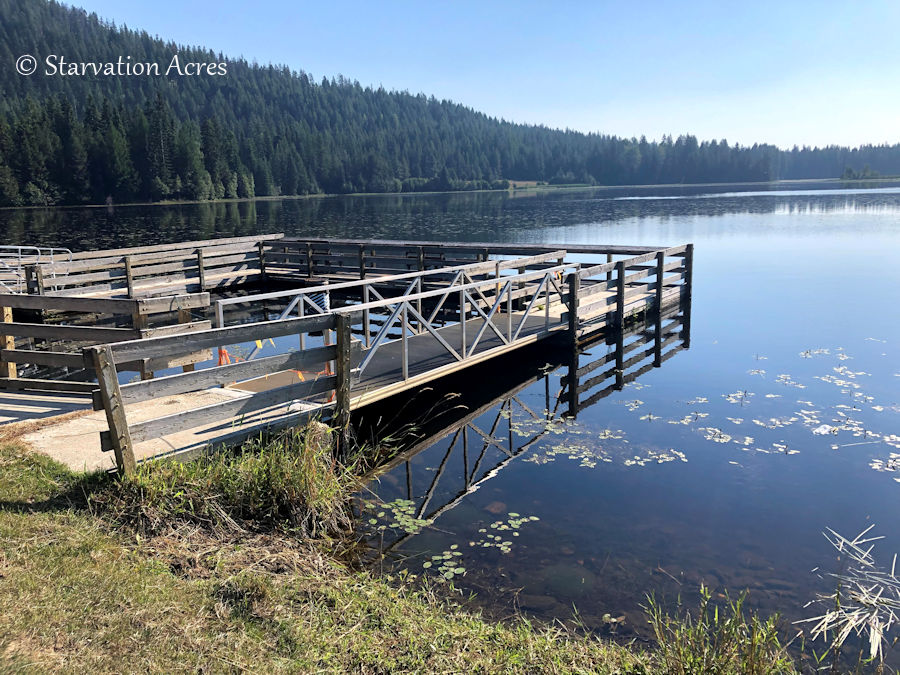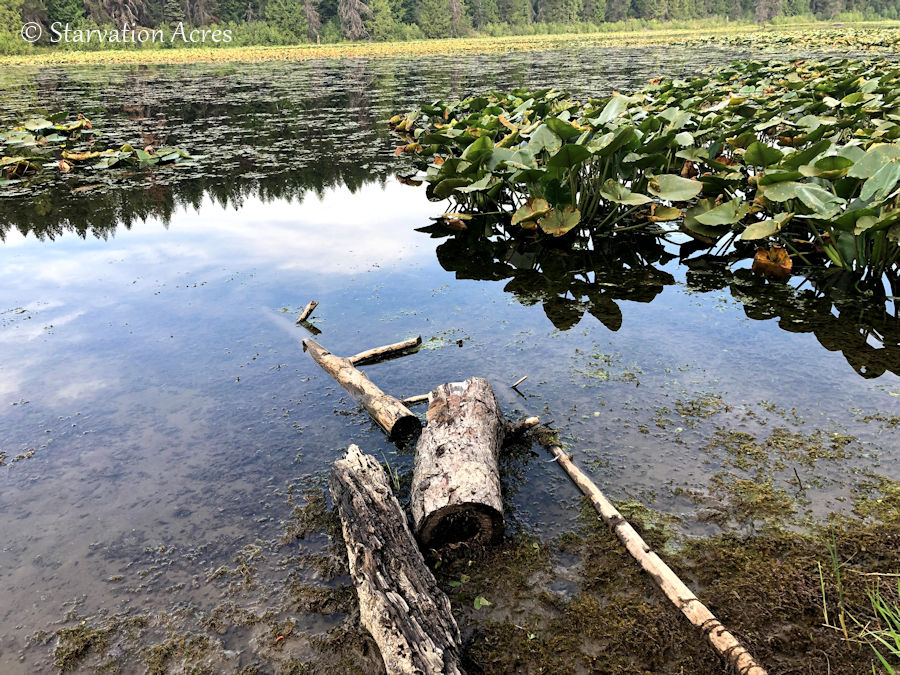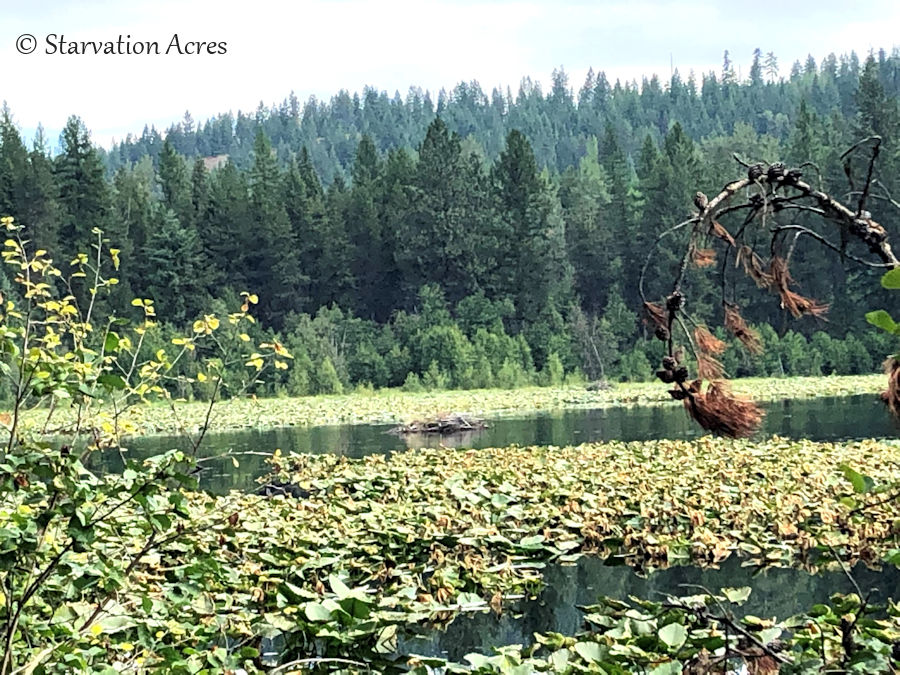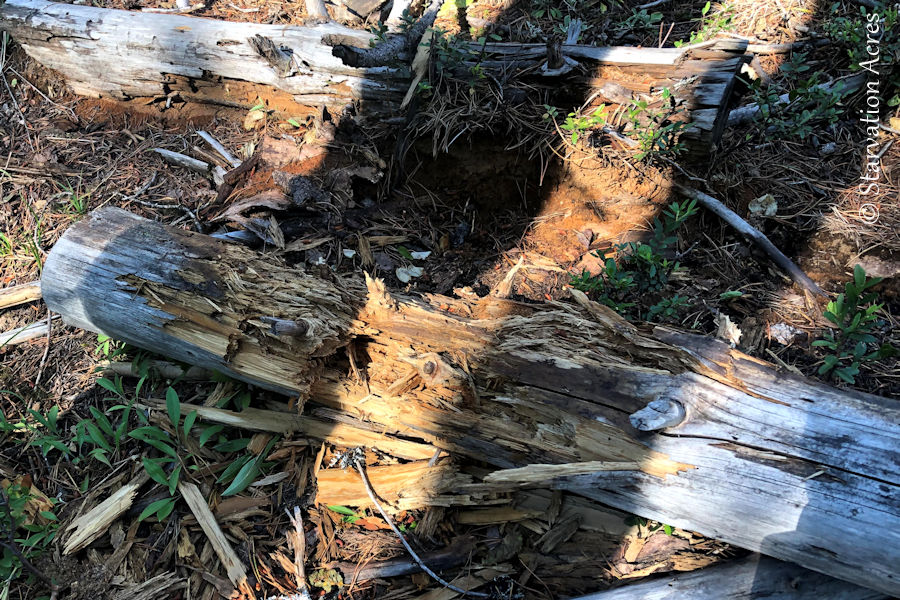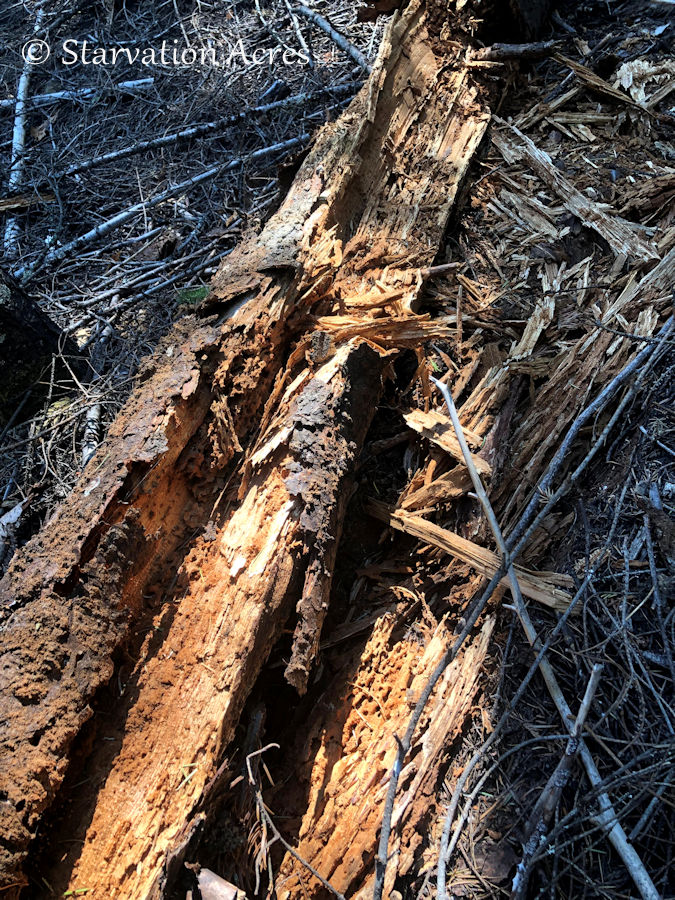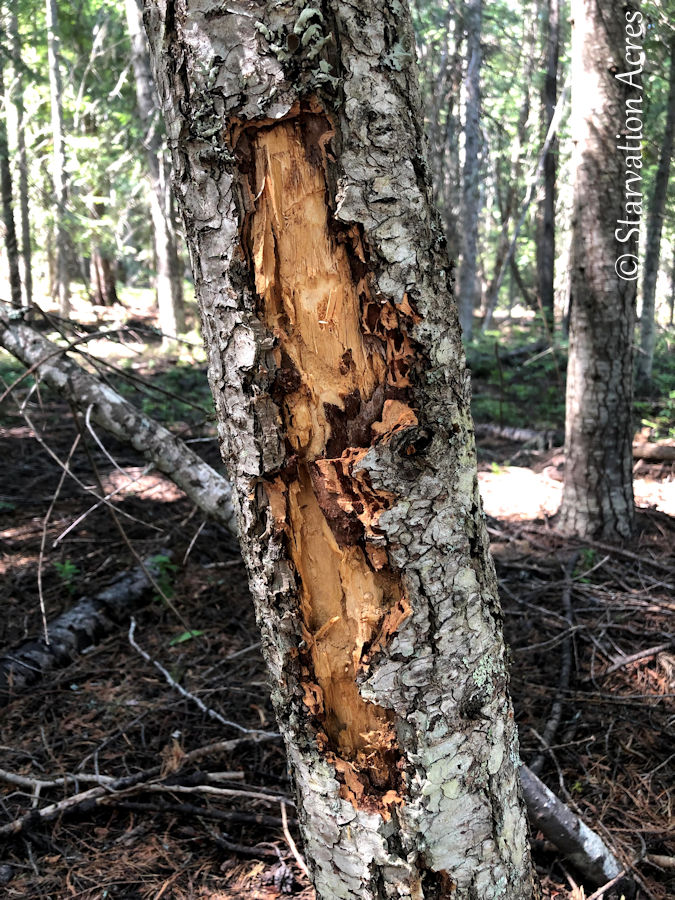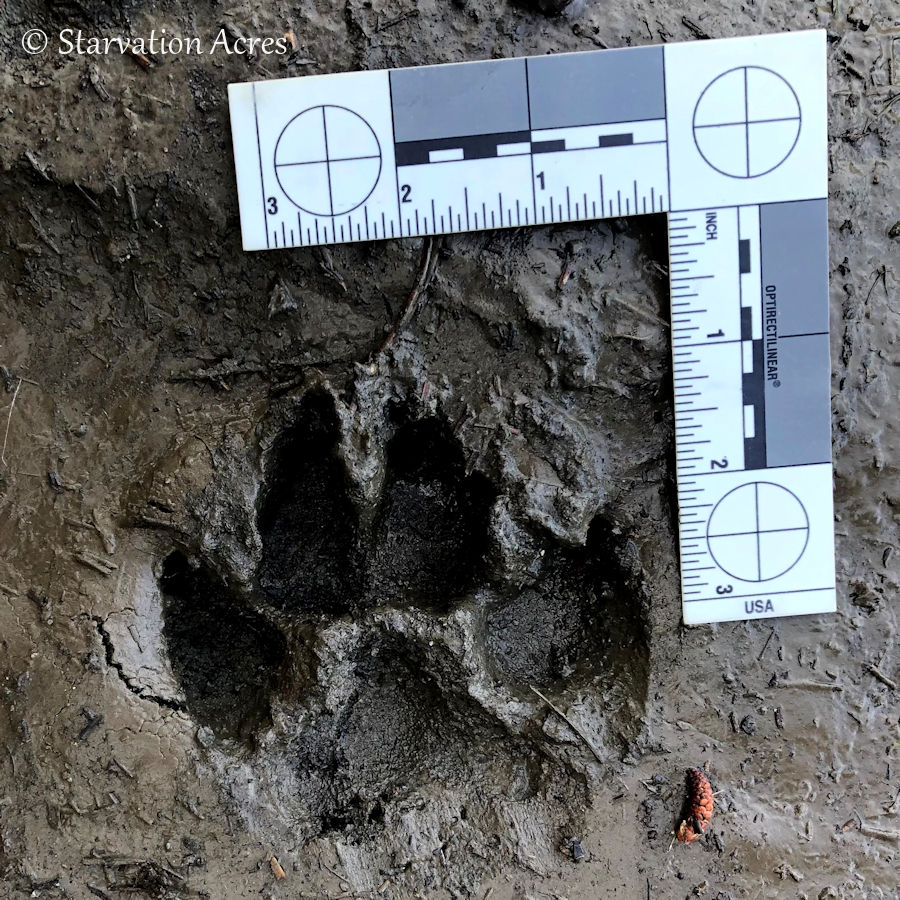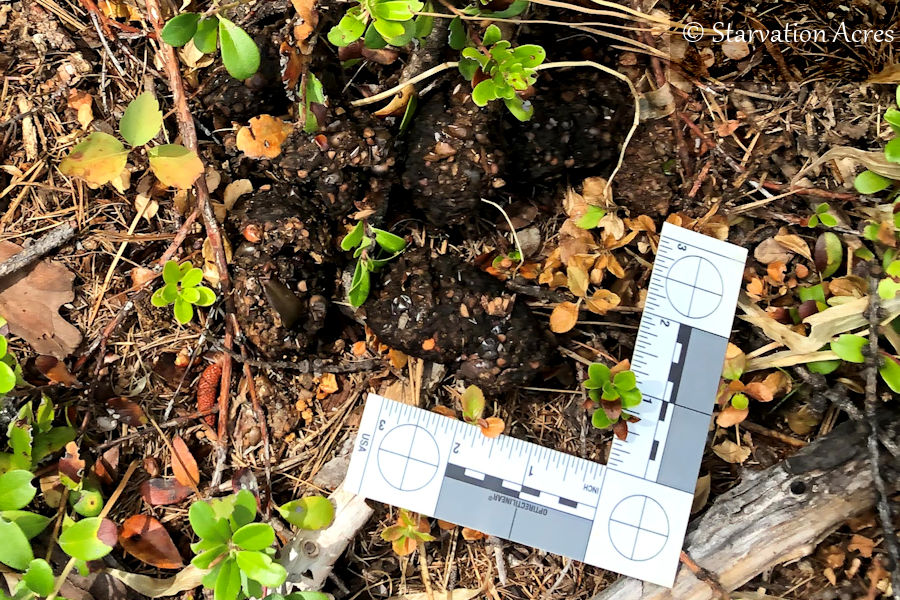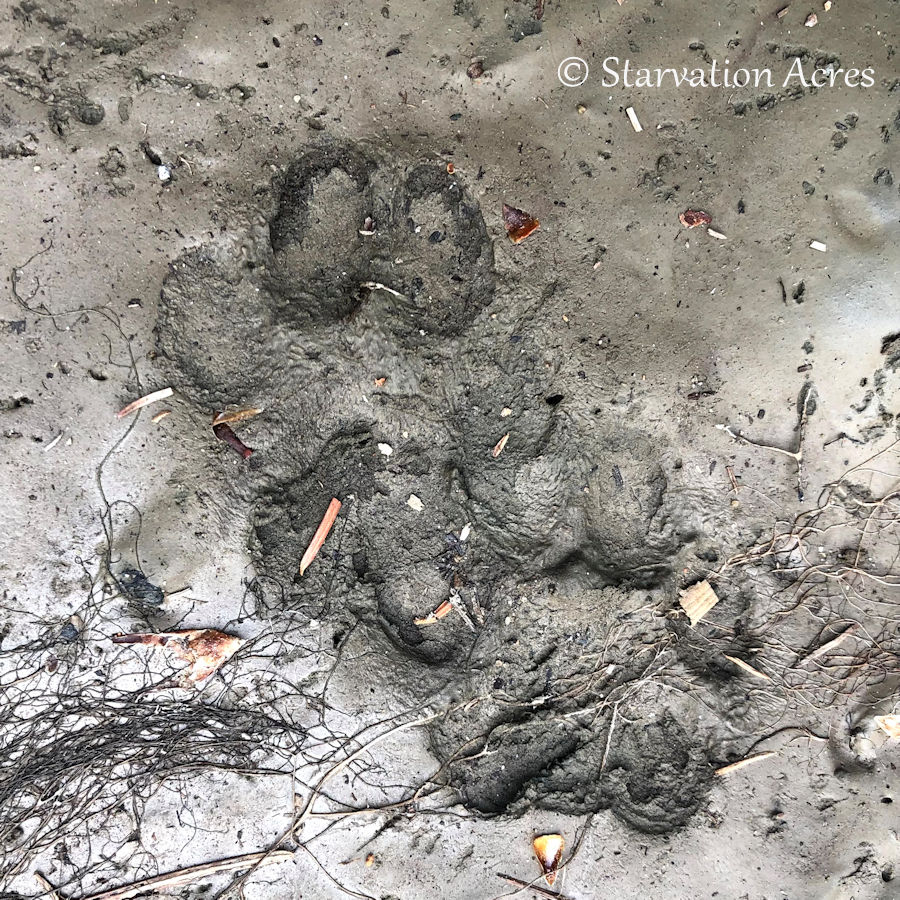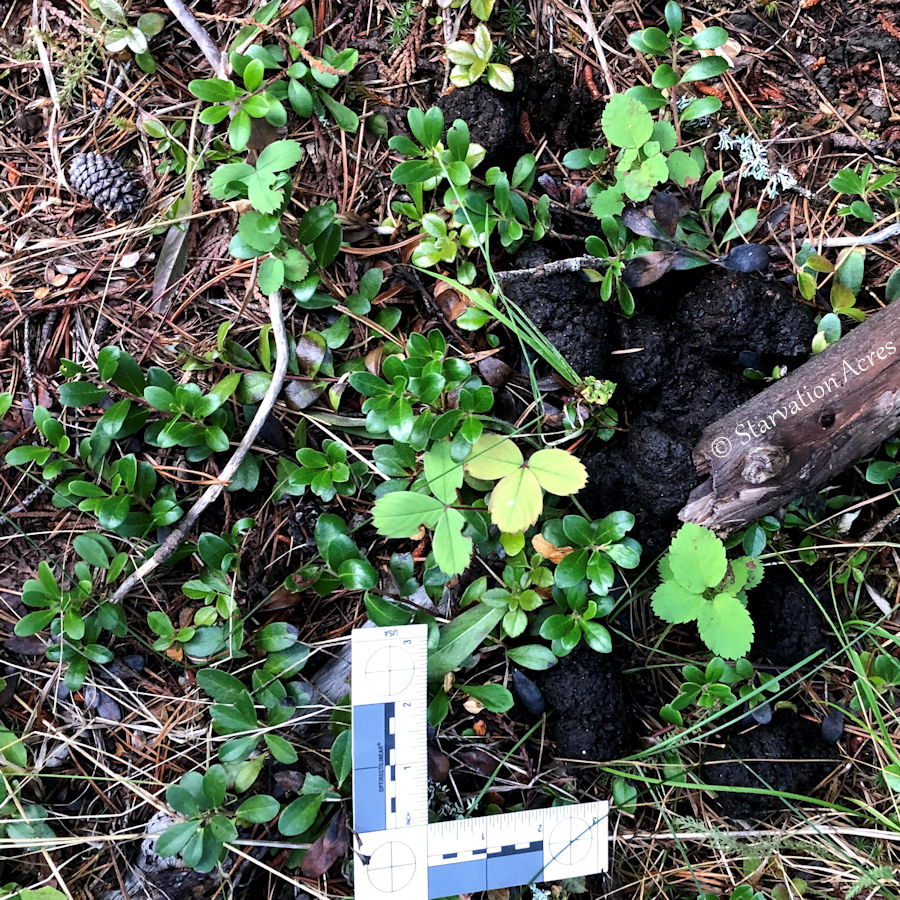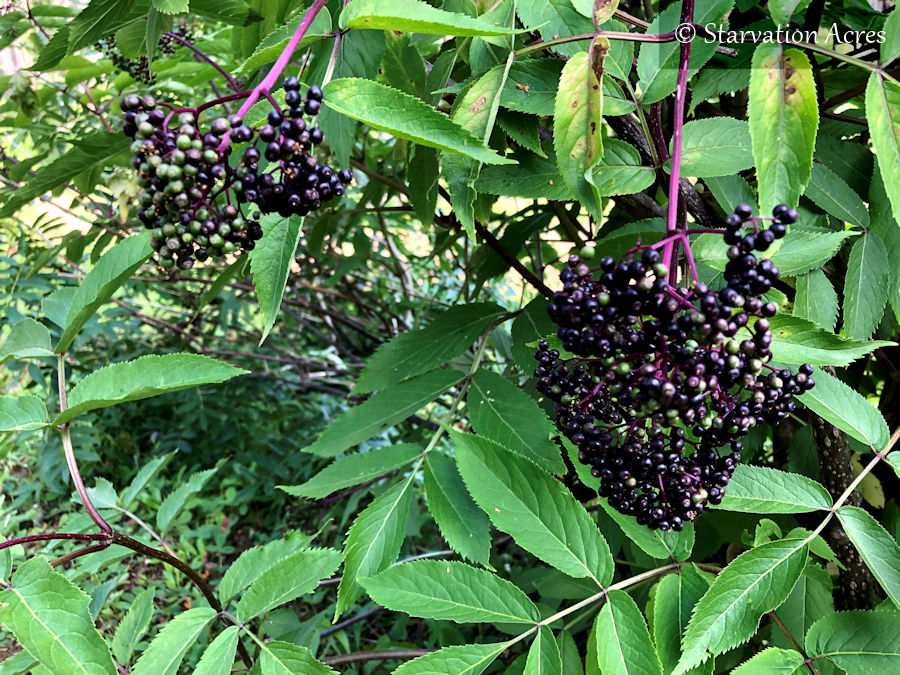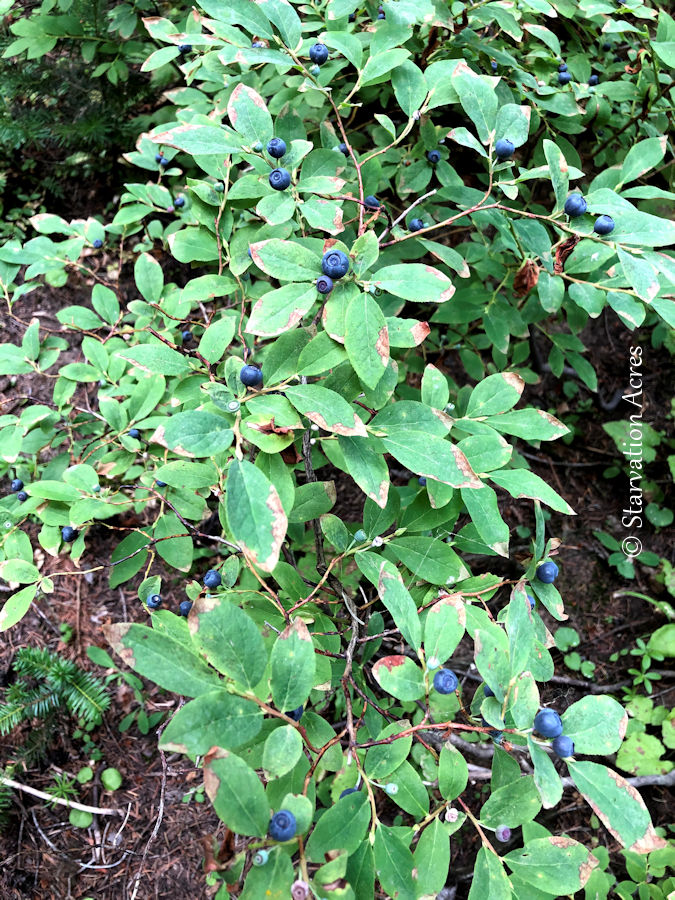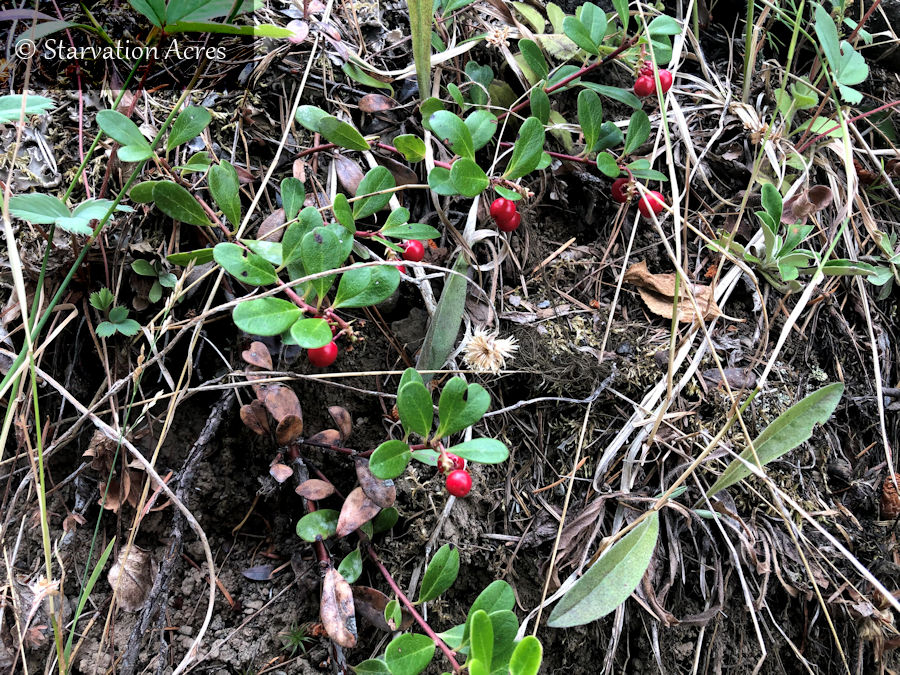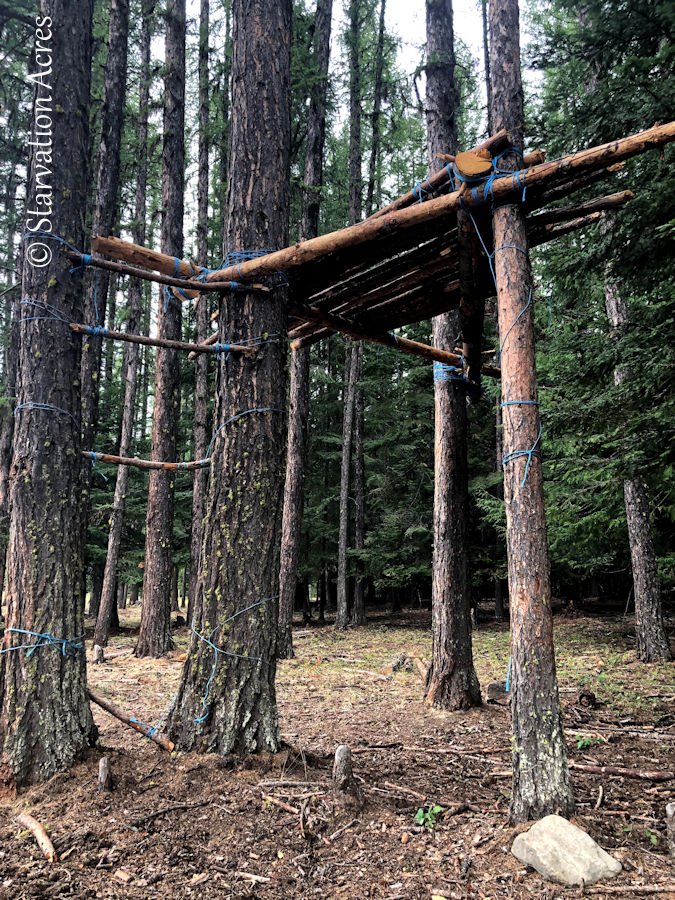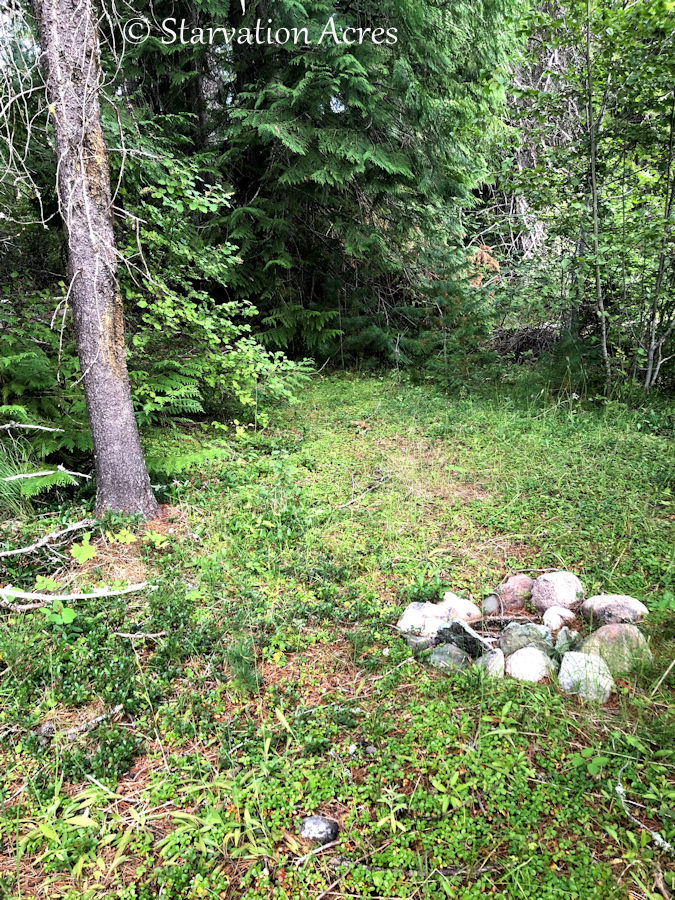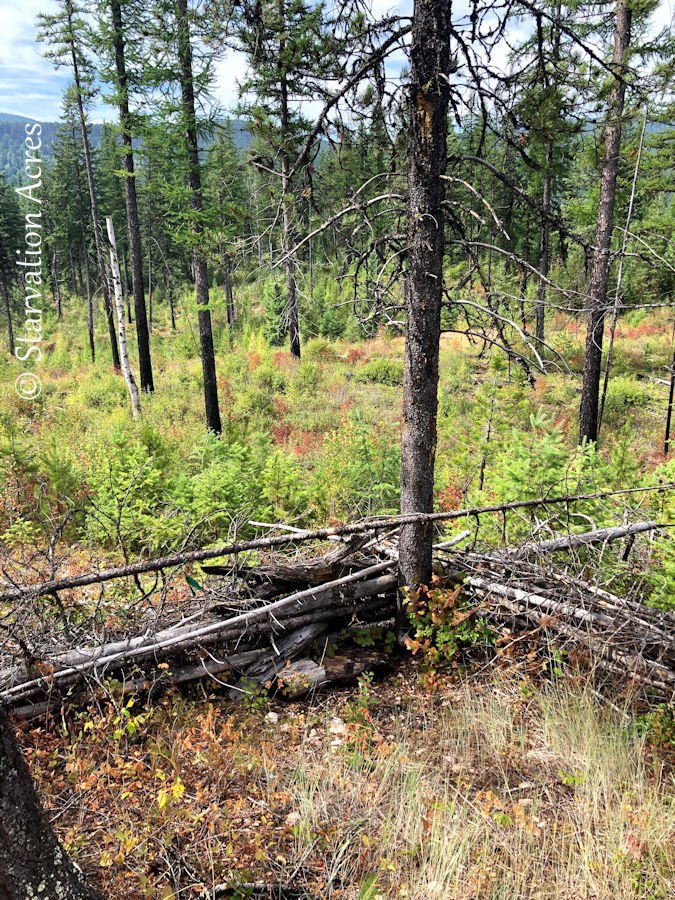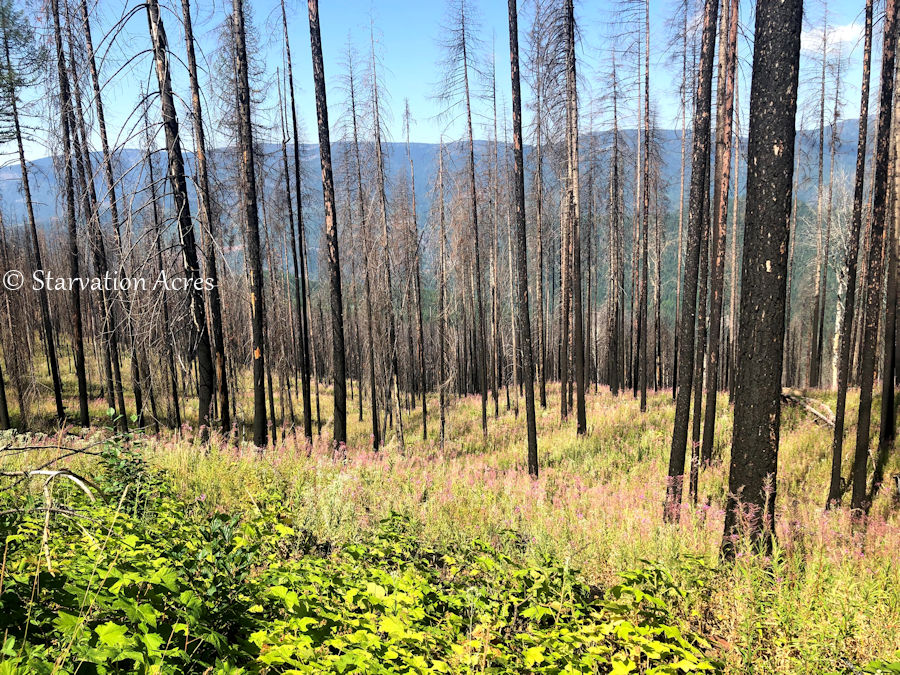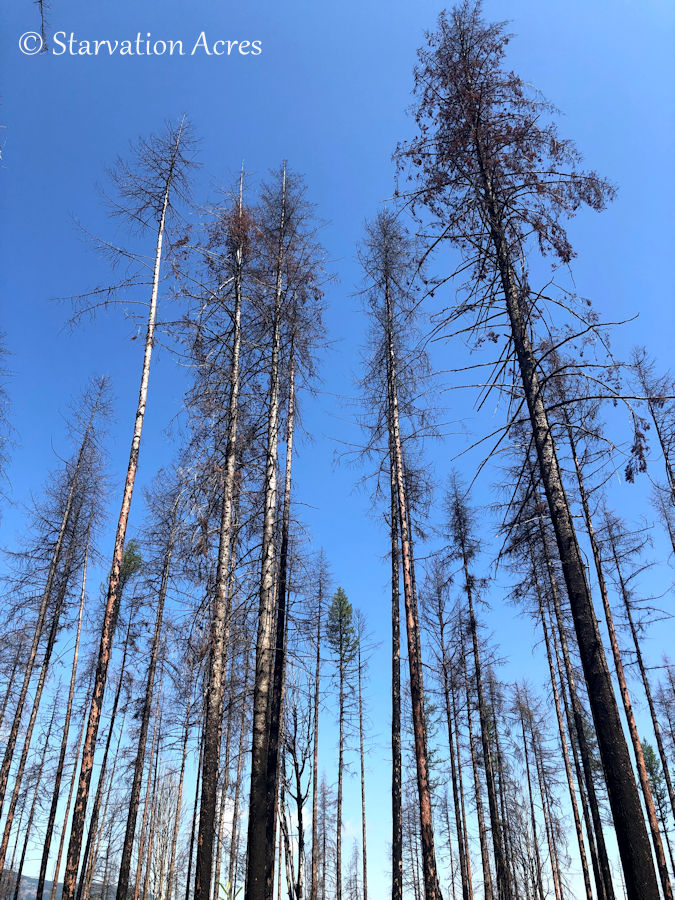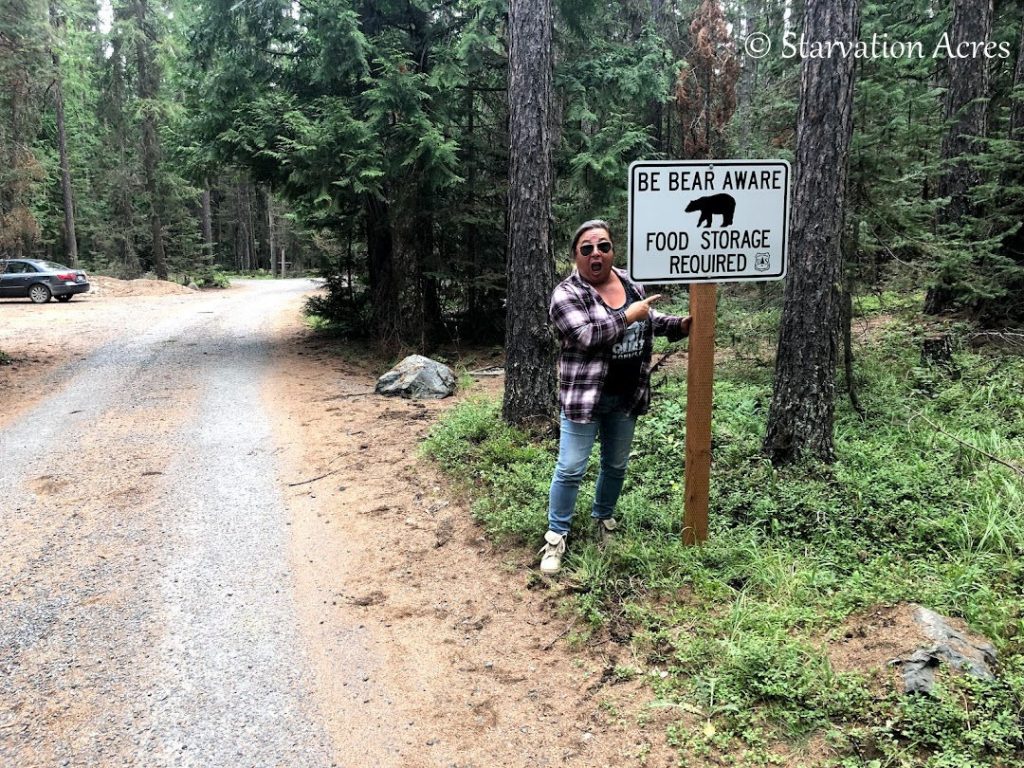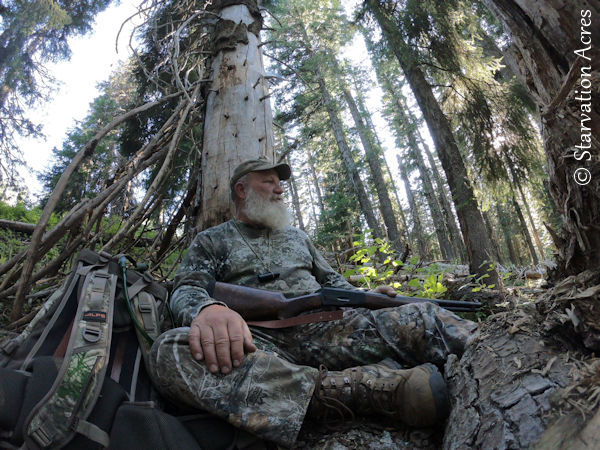We finally had our first bear hunt from Starvation Acres! It wasn’t a successful hunt if killing a bear is how you count success but it was very successful in terms of exploring the region, finding good places to have the next hunt, and enjoying quiet evenings. It’s so much more about ‘the hunt’ than it is about the kill… The kill, however, does put meat in our freezer and fill our Mason jars with bear grease.
2021 IS COMPLICATED
Fires in the Blue Mountains of south east Washington state have my favorite bear hunting area closed. You can’t even go for a drive in there! The part of the Selkirk Mountain in north east Washington where I’ve been hunting wild turkeys and scouting for bears is also closed due to fire danger. WA State lands managed by the WA DNR are closed. Bear hunting in the Little Pend Oreille National Wildlife Refuge does not open until 1 September and may or may not be open then. This forces me to explore new territory in Colville National Forest and the Washington state lands managed by the WDFW where I can gain access without crossing state land managed by the DNR. Exploring is both fun and time consuming so I recently spent 6 days expanding my boundaries.
Every day’s hunt starts with a good breakfast that’s enough to get me going without weighing me down. Avoiding a big breakfast means packing snacks is the only way to keep the energy level high enough to climb hills and push through the brush. Roads leading to black bears can be both scenic and rough. When the going was really rough, we were too busy to take photos. The places these roads led us to were a beautiful sight. 🙂
On stopping to take in the view of Big Meadow Lake there was a golden eagle sitting on the guard rail of the fishing dock. It’s difficult to appreciate the size of these raptors until you’ve been close to one. Brown’s lake is less than 2 miles from the hard-road and it still took us a half hour to get in there. It was 4wd and low range all the way. My stroll around the back side, actually a ‘push through the bush’, got me close enough to the beaver lodge to hear them swimming around. Here and nearly every location we searched showed us there have been bears and wolves in the area. Signs of bobcats, deer, and moose were obvious.
Bears leave a few signs telling us when and where they have been. Skat (poop) is probably the most common and during berry season is the easiest to find. Bear logs (rotting stumps and logs torn apart to get at the insects and grubs) are also pretty obvious. Claw marks on trees and tracks in the dirt are rare in my experience. One might find a bit of hair near any of these other signs which could give you a clue as to which color bear you’re likely to see.
I don’t know if there is anything a bear will not eat but I do know they love to eat berries, bugs, and babies (deer, elk, other bears). I’ve seen evidence of them eating corn, rose hips, grass, apples, etc.
People leave sign too! More often than not people leave tire tracks, drink bottles, shotgun shell hulls, toilet paper, and even Covid masks for others to ‘enjoy’. Some leave useful items in their wake. Piles of firewood, a fire ring, and even a tree stand or hunting blind made from natural materials (and bailing twine). One should always pack out their own garbage plus a little bit of the grabage left behind by others…
Wild fires and logging dramatically change forested areas. The change may look terrible at first but nature is a true phoenix which rises from the ashes. Burned forests quickly produce great quantities of morel mushrooms. In three years the burned areas are covered with green grass, flowers and berries which attract deer, bear, elk, turkey and other wild animals. In some climates, these burned/logged areas become very difficult to hunt after 5 years. The dense foliage is taller than most game animals and not easily passed through by hunters or hikers. It takes a very long time for trees to grow tall again but food and shelter are not gone for long.
Hunting for bears is an ancient tradition which benefits the relationship between humans and wild animals. Trophy hunters target large mature males who have already contributed to the gene pool and who eat cubs and other smaller bears. The hunters presence in the forest teaches bears to fear humans thereby reducing negative bear/human interaction. Modern law making has taken the common sense approach to wildlife management out of the equation and replaced it with the emotions of low information voters. For example, hunting bears (or cougars) over bait or with hounds gives the hunter the time needed to determine the size, gender and status (raising cubs or not) of a bear before harvesting the animal. It provides a conservation minded opportunity to give a pass to young, productive animals.
Some may tell you hunting bears over bait or with hounds isn’t fair.
It’s my opinion that only a damned fool would go into the forest seeking a large predator
without tilting the scales in your own favor.
For more information on bear hunting and bear conservation, subscribe to Bear Hunting Magazine.
